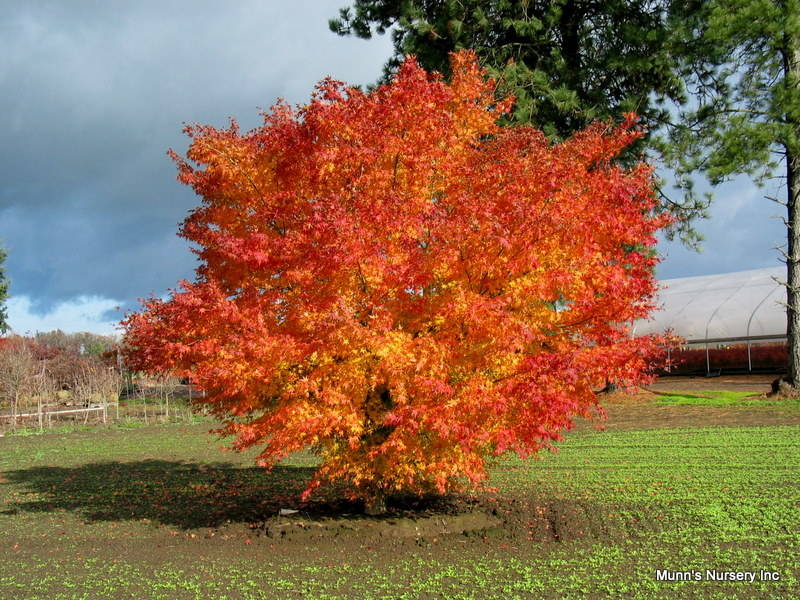Since the Civil War, Americans have shown our respect for fallen military by visiting cemeteries, caring for graves, and caring for trees growing in the graveyards. These trees remind us via their longer lifespans, of the temporariness of our time on earth, and of the lives cut even shorter by wars, and the effects of wars.
One truth is that people are born, opening the door to life on earth and taking their place in the world. A sadder truth is that people die, leaving behind holes in the fabric of our lives that are raw, empty places we can’t bear to think of but can’t ever forget. Welcoming newborns, we dance and sing, establish trust funds, or plant trees. In memoriam of our lost, we carve stones, build monuments, swear vengeance or some of us plant trees.
The tradition of planting trees for those entering or leaving this life is ancient beyond belief. Attaching human memory to a creature that outlives our kind confers a type of immortality.
We share the earth with many other races; fish and fowl, grape and grain, but none seem as evocative of earthly life as the trees.
We climb in their arms when we are children, they shelter us with their bodies when we grow and carry us below when we die. It is fitting and sure that they should bear our memories into the future too. Naming trees that we find is one way, carving symbols into their bark is another, altering their growth to fit our purpose is a very old way of anchoring a thought to a tree.
The Killamook people of the Pacific Northwest have a tree that sheltered their respected dead for three centuries, not by standing over graves, but by carrying bodies aloft. The remains of honored people were bound onto living branches of the “Octopus Tree” where they were regarded as a resource for the people.
Memorial groves can be planted, or encountered in the wild world, finding places so awesome that the overwhelming sense of timelessness binds our most precious thoughts to that place. Pilgrimages and retreats, revivals and meditations find sacred places for their inspirations. Some are austere wind-swept perches with great vistas, but most are closer to our ancestral home. Forests of trees were our nesting places and to them we return for solace.
Joys in our lives call for memorialization as well as sorrows, and planting trees to welcome new family members includes those married or adopted into a family as well as those that are born there. Places that community planting projects develop make environments just as real as any place found in our wanderings, and family gardens containing named trees are as real as any forest giants.
Japanese communities have trees that are part of their cultural heritage, revered and protected generation after generation. These trees are wrapped in rice straw mats for the winter, fed with the same fertilizers as are their fields, and saluted as known individuals.
Planted trees do not have to be particularly declared as memorials, the act of planting a tree is enough to make it a memory peg. Juneau has hundreds of trees planted since we came to town in 1982, but there were many trees here when we arrived. The trees standing along the streets, or filling older yards have all the mystery of archaeological events, the names or circumstances of their planters is of great interest. Tree histories have as much import as those of houses or works of art, and the dreams and desires of the original planters must be similar to those we carry today. Who planted the huge beech by the Governor’s Mansion, what civic group choose mountain ash to line the streets downtown, and what was the name of the Scottish sea captain who brought those huge black willows from his ancestral home to the house he built on 12th Street?
Our memorialization of humans by linking trees to their personalities allows us to reach out, or reach into ourselves for our links with others. Cemeteries become parks, sacred precincts become recreation locations, and trees can carry more than one set of feelings. People find comfort in naming, and often the very act of conferring a title creates a concept. These trees we plant may bear dozens of names, hundreds of individual encounters with people seeking contact with the future, or holding on to the past. Trees don’t mind, their strength is great and the burden is light.
• David Lendrum and Margaret Tharp operate Landscape Alaska, a nursery and landscape business located on the Back Loop Road in Juneau. Visit their website at www.landscapealaska.com, or reach them at landscapealaska@gmail.com. This column “Landscape Alaska” appears every two weeks.

